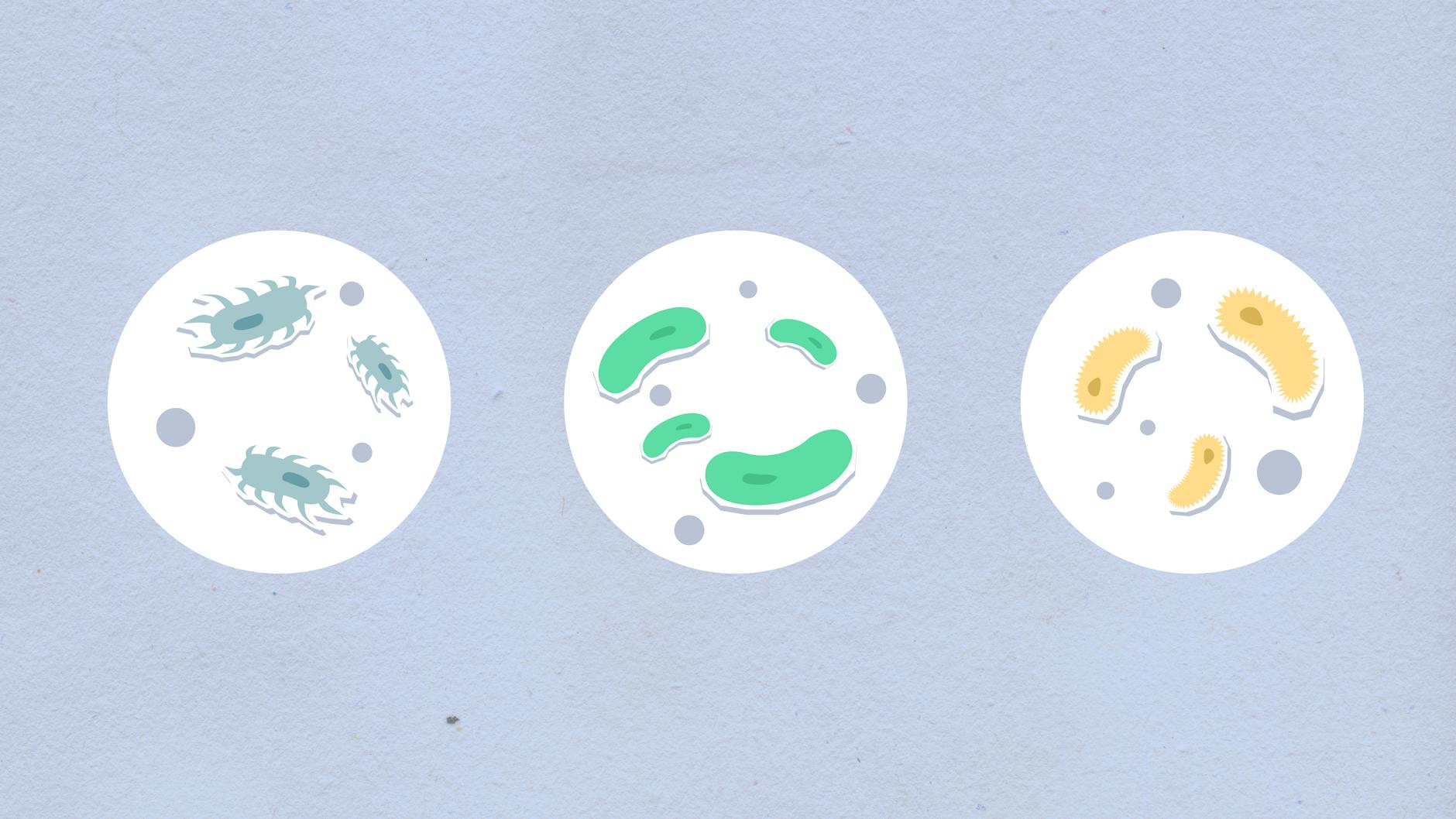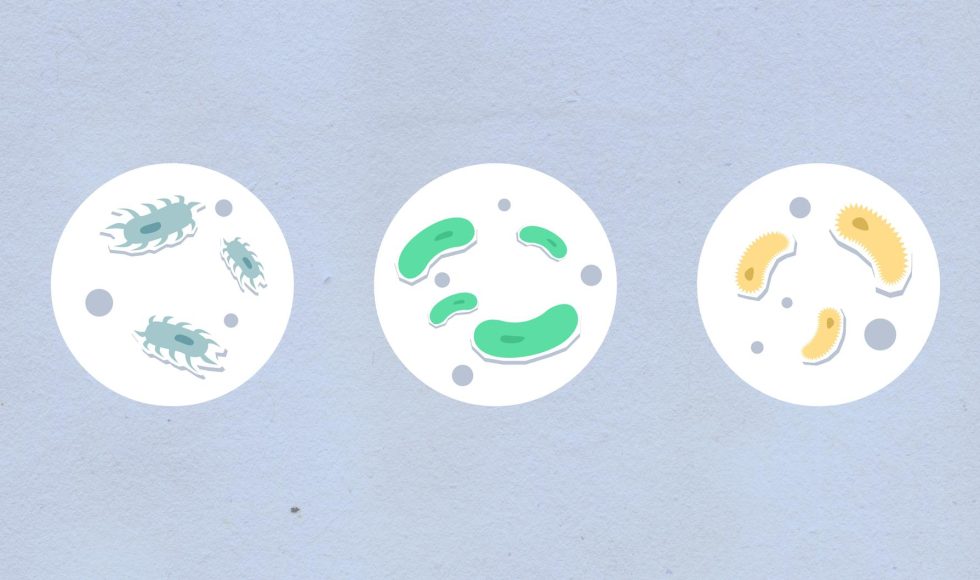Mads Albertsen, Associate Professor at Aalborg University, presented at the Nanopore Community Meeting 2017 on “Genome-centric metagenomics in the long-read era.” Albertsen talked about how we live in a bacterial world. However, only a small fraction can be grown. Single-cell genomics is challenging. Metagenomics has the potential to separate genomes through binning. Now you can sequence deep enough. The impact of micro-diversity challenges assembly because there may be closely related genomes that are difficult to separate. Binning using abundance is evaluated by comparing similar communities. Complex samples can be analyzed through long-read metagenomics and binning. Draft genomes can begin to be assembled. Albertsen explained their current long-read genome-centric workflow. They begin by taking ~4 kb reads and assembling them with miniasm. Racon is used to polish the reads. Binning is used, followed by Unicycler. Albertsen shared that this workflow provides rich information. One question asked was how to avoid artificial chimeras. This is a good point, and there are algorithms to do some checks.



